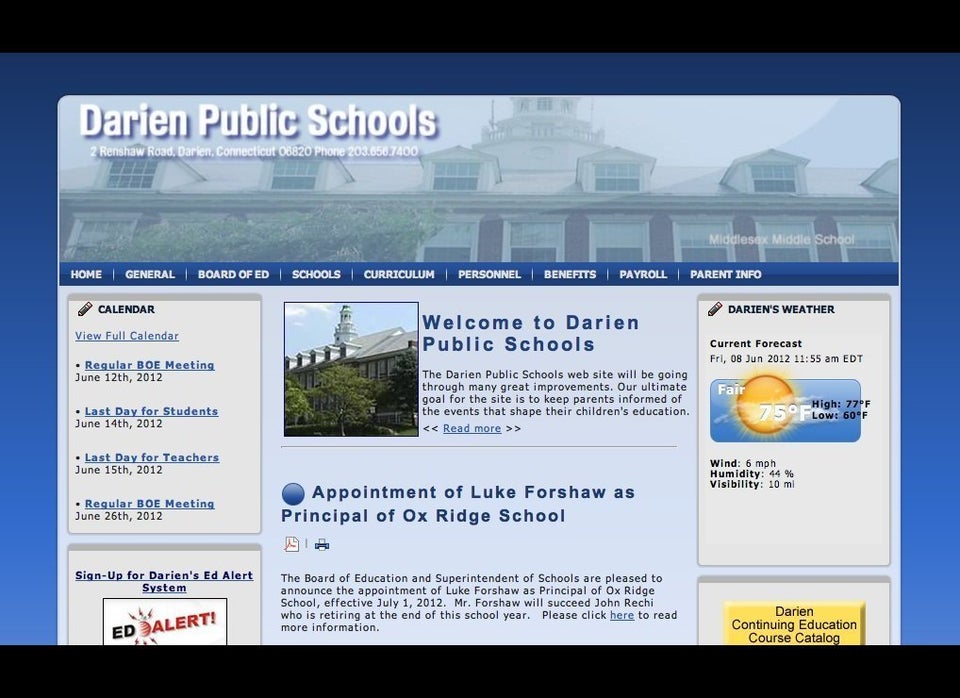
Zero-tolerance policies in schools may have zero point.
That's the conclusion of a recent report from the Vera Institute of Justice, a nonprofit center that studies justice policy. The report, titled, “A Generation Later: What We’ve Learned about Zero Tolerance in Schools,” looks at existing research to determine whether the get-tough policies for minor offenses are an effective way to keep schools safe.
The report finds that zero-tolerance policies, which the organization defines as “discipline policies that mandate suspension or expulsion of students for misconduct,” do not accomplish the intended goal of making schools safer, and may make schools more unsafe. The report recommends that schools begin moving away from these policies, which took root during the war on drugs in the 1990s and were broadened after school mass murders, including Columbine High School.
“The research findings and other data on zero tolerance suggest that these policies -– which have been in force for 25 years -– have no real benefit and significant adverse effects,” reads the report. “There’s growing consensus that the most effective schools reinforce positive behavior and respond to behavioral problems on a case-by-case basis.”
The idea behind zero-tolerance policies is to remove disruptive students from classrooms in order to make schools safer, but research shows no correlation between expulsions and safety, the report says. While zero-tolerance policies originally were intended to protect against extreme situations, like when students bring weapons to school, the policies in practice often punish students for significantly lesser offenses.
One area where zero-tolerance policies do succeed is in disproportionately affecting minority students, according to the report. The author of a previous study on zero tolerance told Education Week in 2011 that this may be due to “unconscious bias.”
“Why else would we see, for the same first-time offense, blacks receiving harsh punishments far more often than whites?” that study's author, Daniel Losen, asked.
The latest report concludes that many school districts are shifting away from zero tolerance. Earlier this school year, Broward County School District in Florida gained national attention after dropping zero-tolerance policies, even for lawbreaking students. Instead, administrators will keep troubled students in school and offer them counseling.
“Everybody recognizes right now that if we want to really find ways to close the achievement gap, we are really going to need to look at the huge number of kids being removed from school campuses who are not receiving any classroom time,” Michael Thompson, the director of the Council of State Governments Justice Center, told The New York Times, referring to Broward’s new approach.

